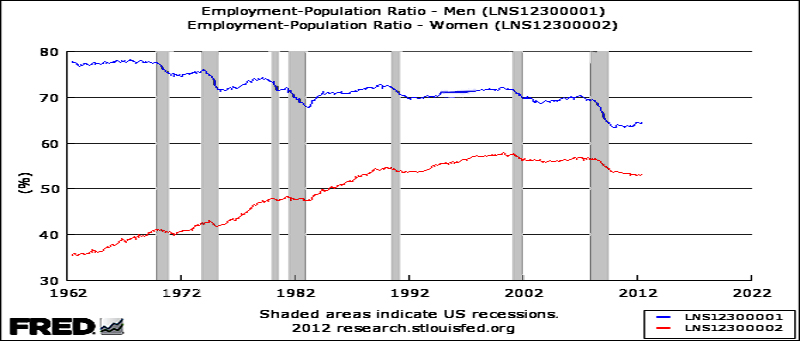Presidential polls: (None)
Dem pickups: (None)
GOP pickups: IN IA NC
Previous | Next
Senate
Downloadable data
News from the Votemaster
Obama Ahead in Swing States
A new Gallup poll shows President Obama ahead of Mitt Romney 47% tp 45% in the 12 swing states that will decide the election. This is the same margin as Gallup's May poll. It is within the margin of error, however, so it is possible that Romney is actually ahead.
Democrats Pound Romney on Tax Returns and Off-Shore Bank Accounts
Some days one party goes on the offensive, some days it is the other. Yesterday on the Sunday talk shows the Democrats pounded Mitt Romney on two topics: (1) his failure to meet the Romney standard of releasing 12 years of his tax returns (as his father did when running for President) and (2) his bank accounts in Switzerland and the Cayman Islands. It is clear now that a major theme of the Obama campaign is going to be "What are you hiding?" The Republicans were playing defense yesterday, but when the $25 million in television ads sponsored by Karl Rove's group hits the air waves shortly, they will be playing offense. Note that the two sides are talking past each other. Romney is saying to Obama: "You didn't fix the economy. Out with you." Obama is not defending his record. He is saying: "Romney is doing secretive (hint: illegal?) things and is not suited for high office. Many people are likely to believe both. Then what?
Jobs for Men Do Not Return after a Recession
There are many reasons for the gender gap. Democrats see schools, child care, and social services as something worth having and paying for with tax money--ideas popular with women. Republicans tend to focus on lower taxes and a strong military--ideas popular with men. But there is probably another reason for the gender gap and it also shows why Democrats are having so much trouble with white working class men. Look at this graph of male and female employment as a percentage of their respective populations for the past 50 years.

For both men (blue line) and women (red line), employment dips in a recession, but comes back afterwards. But for men, the new peak is always lower than the old one. For women it is higher. In other words, when men's jos disappear some of them don't come back. Historically, women's jobs come back and new ones are created. No doubt part of this effect is due to men having the lion's share of factory jobs and jobs in heavy industry, while women are more concentrated in service jobs like teaching and nursing that are hard to automate or outsource. While working-class men may not be aware of this kind of graph, they are all too keenly aware of the consequences. As the Democratic Party's coalition becomes more and more minorities, women, young people, college graduates, and people in creative industries, the tendency is for them to focus less and less on working-class men, making even harder to win that demographic. On the other hand, as working-class white men become a smaller and smaller fraction of the electorate, the Democrats may be able to get away with it.
How Wise Are Crowds?
It is an article of faith among some people that the collective wisdom of large numbers of people exceeds that of a few experts. But an example frequently used in statistics courses is what happens if you ask a million Americans what the height of the Emperor of Japan is. The result will be extremely precise (= standard deviation is small) so if you run the experiment again you are likely to get a result very close to the first one. In contrast, it will not be very accurate because few Americans know who the Emperor of Japan is, let alone his height. So this example clearly illustrates the difference between precision and accuracy in polling.
Case in point. Up until the very last minute, the crowd at intrade.com was convinced that the Supreme Court would overturn the ACA. These were not just people shooting their mouths off at a bar, but people wagering their own money. Collectively they estimated the chance of the law being struck down at 80%. Here is the graph since January 2012.

Also of some note is that some people were so convinced that the law would be struck down that even after the decision came down, they were betting it would be killed before Dec. 31, 2012, when the bets will be paid off.